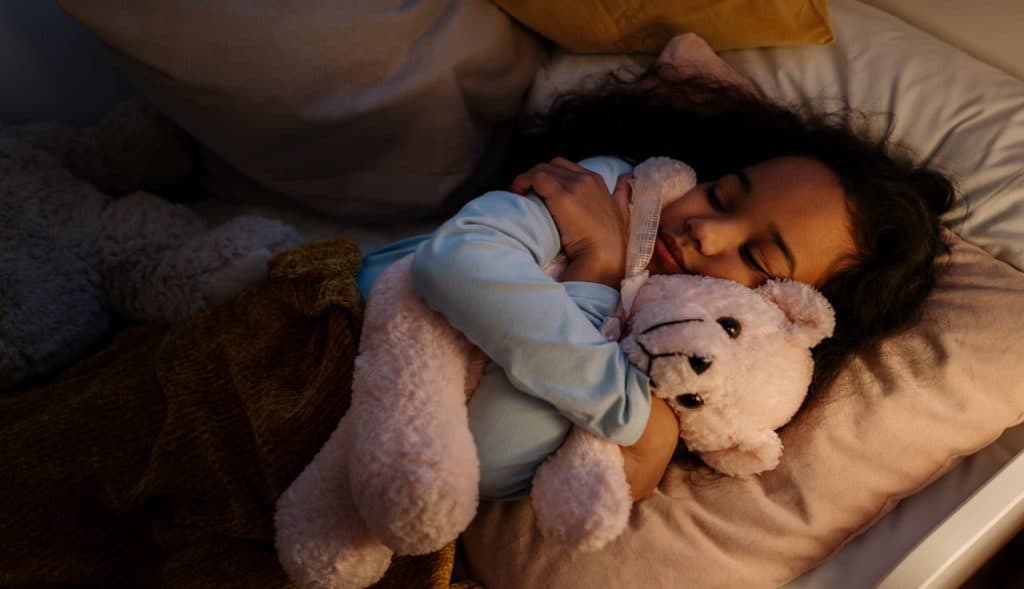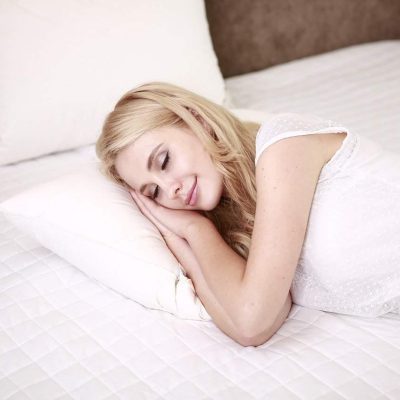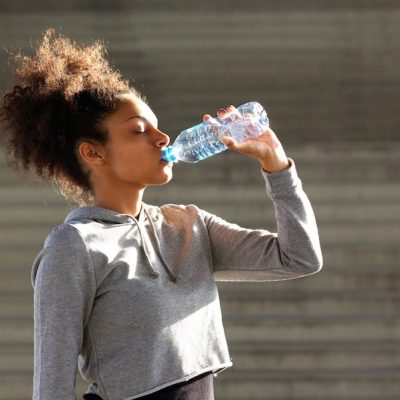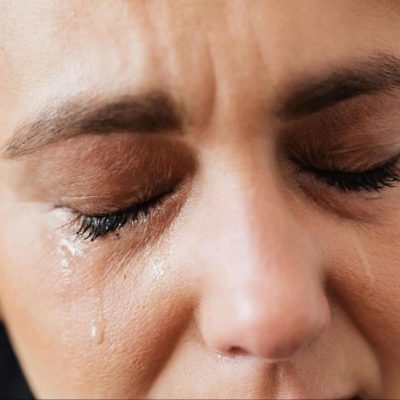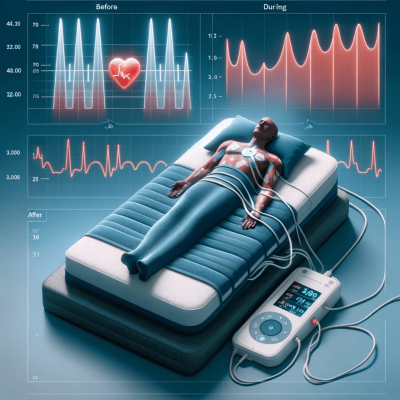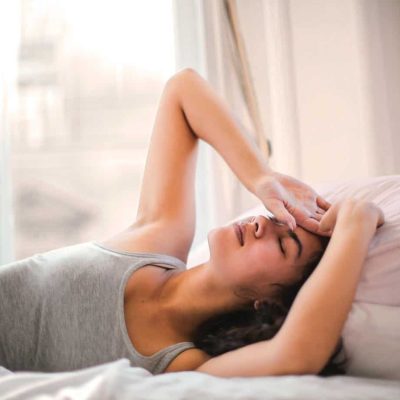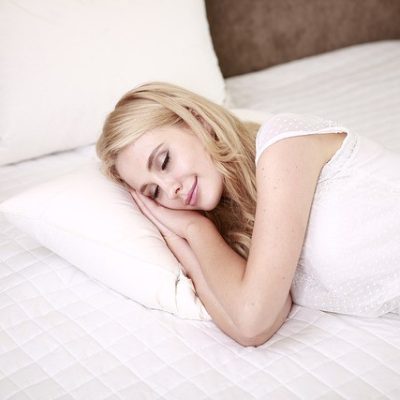Sleep apnea, a disorder that disrupts your breathing while you sleep, affects around?22 million Americans?annually. It?s also estimated that 80% of the moderate and severe cases are left undiagnosed, which means there could actually be a far greater number of people affected by this condition. It is most frequently seen in men over 40, especially those who are overweight or obese. But did you know that it can actually strike people of any age, including infants and children?
Table of Contents
ToggleWhat is pediatric sleep apnea?
Pediatric sleep apnea can come in two types:?obstructive sleep apnea?(OSA) and?central sleep apnea?(CSA).?Sleep Foundation explains OSA?as difficulty breathing because of a constricted or blocked airway. On the other hand, CSA is attributed to a lack of effort to inhale, which causes the child to briefly stop taking breaths ? this condition is less common compared to OSA. Researchers estimate that 1-5% of children suffer from OSA but, again, there could be a multitude of undiagnosed cases.
Symptoms of these conditions include loud snoring, coughing or choking during sleep, pauses in breathing, breathing through the mouth, sleep terrors, bedwetting, and sleeping in unnatural positions. A sleep disorder article on?health site SymptomFind further explains that ten seconds or longer without active breathing causes decreased oxygen levels and leads to chronic daytime fatigue. In the long run, it can even cause severe heart and lung complications. If you notice any of these symptoms, take your child to their pediatrician or to a sleep specialist.
What can we do about it?
Diagnosis via a sleep study
This method requires your child to spend the night in a hospital testing area or a sleep clinic. A professional sleep technician then places sensors on their body and monitors brain wave activity, breathing patterns, oxygen level, heart rate, and muscle activity. Sometimes, sleep apnea testing can also be done by a device used in your own home, though you’d have to purchase it from a sleep clinic.
Non-surgical treatments
Fortunately, there are many ways to treat OSA and CSA, thanks to developments in technology. A study published in?the Journal of Clinical Medicine?found that anti-inflammatory therapy or orthodontic interventions may be preferable in milder cases. The first entails topical nasal steroids such as fluticasone and budesonide, which can be inhaled to relieve nasal congestion caused by enlarged tonsils. The second intervention is done by a device put in by an orthodontist meant to widen the palate and nasal passages.
Surgical treatment
In more severe cases of OSA, the enlarged tonsils or adenoids may have to be removed through surgery to open up your child?s airway. An adenoid removal can be equally as effective as tonsil and adenoid removal for children that are younger than 7, aren?t obese, have small tonsils, and are only diagnosed with moderate OSA.
CPAP therapy
Often, continuous positive airway pressure (CPAP) is utilized for severe cases, or children that don?t show signs of improvement.?We at Well Aware Systems?once wrote an article about CPAP machines and how it’s used. In it, we explained that it?s a machine with tubes that connects the device to a mask. Patients wear the mask every night to facilitate healthy breathing and promote good airflow.
To this day, it’s still unclear what causes sleep apnea, especially in young children, but rest assured that modern medicine is more than capable of providing the proper treatments. You just have to be aware of its symptoms.

